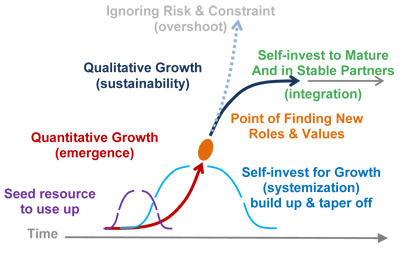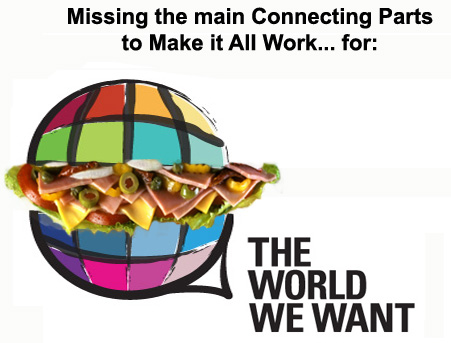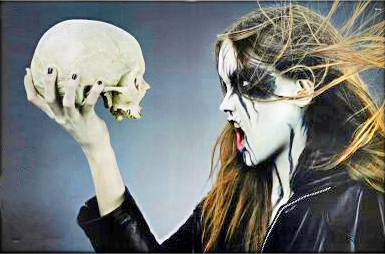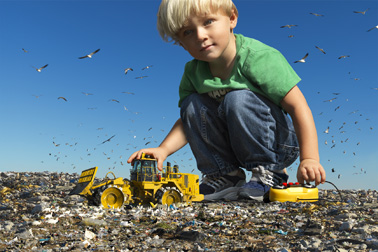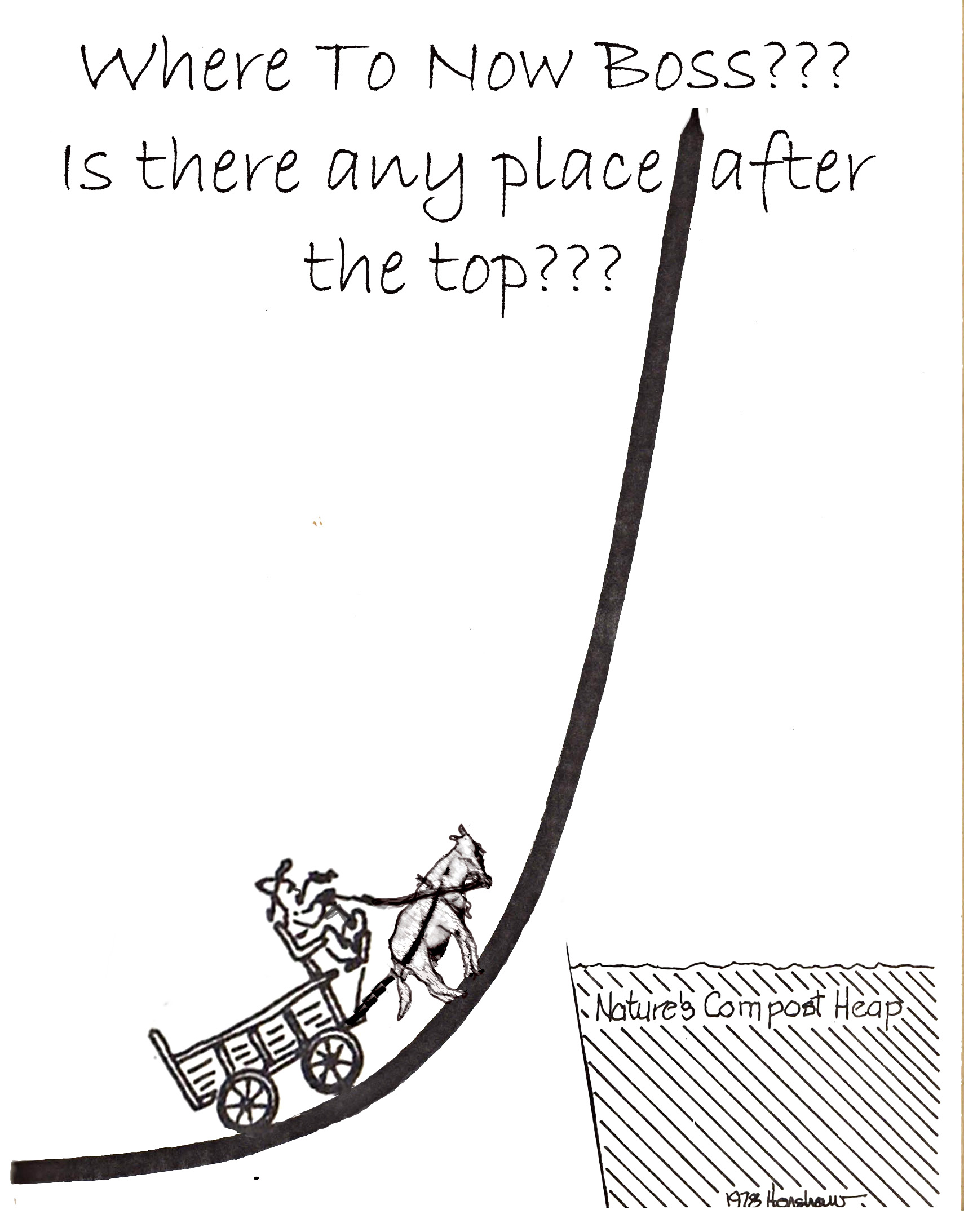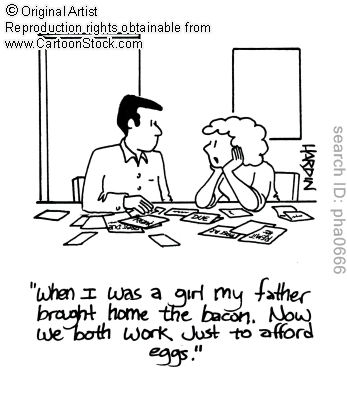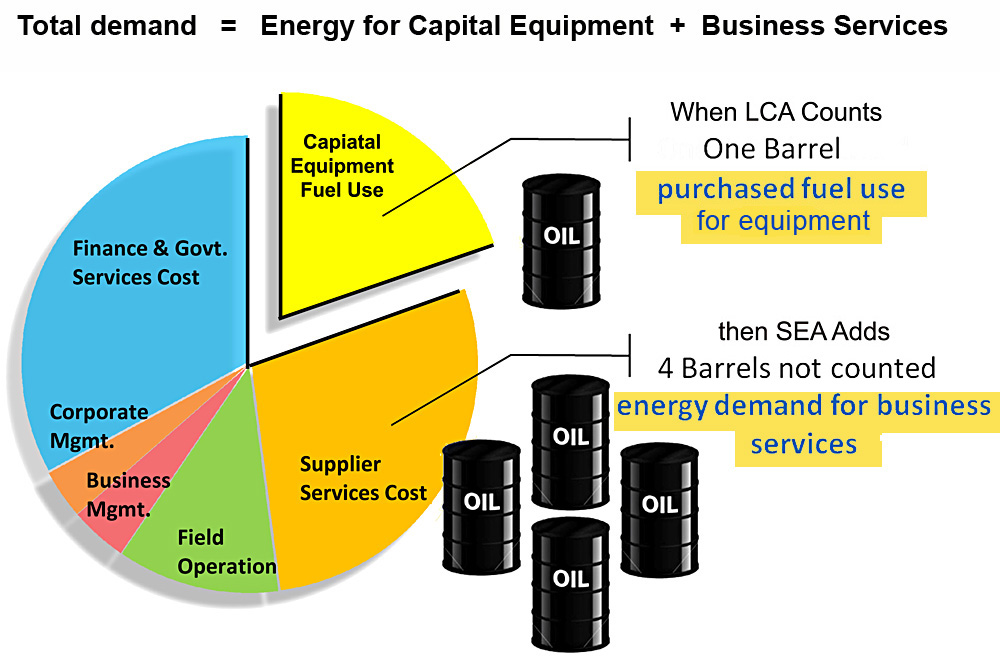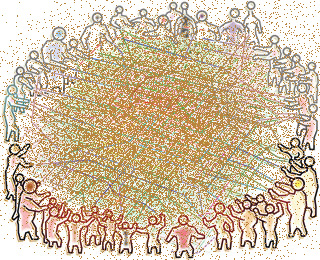First (V.) is Helene’s response, to (IV.) my observations on the dilemma of “defining reality”, that doing so presents “reality” is represented as decided in our brains! Natural reality is precisely the opposite, of course, everything NOT defined in our brains. Yet… the epistemologists keep winning the dumb argument anyway… even though the true answer is so clear.
A way to extend the idea of “empathy” termed “holpathy” is used, referring to our ability to recognized thing as “wholes” to then later to be more defined, like “a dog” seen as a whole while lacking information to describe it in defined terms. Seeing environmental systems as wholes, also from the extent of their parts acting together perhaps, allows whole parts of nature to first be recognized intuitively, to THEN be defined by information gathered and made sense of later.
Having empathy for other people is very helpful that way, giving you a tangible feeling and impression for them as a whole first, without any hard information on what’s happening inside. It’s similar for recognizing other whole systems in nature. You draw on your ability to listen and watch intently and create an image that fits holistically, used for the appearances of other whole cultures, shifting relationships in business or personal live, for the ineffable characteristics of “places” too. Those holistic impressions become highly useful later for connecting or fitting in later arriving facts.
After that is our first exchange on the subject (III., II., I.) III. discusses the question Helene asks, in II., whether holistic recognition addresses what some call “humanity’s original logic error”; mistaking logical states for natural forms, and the interesting approach of Barry Kort. I. first introduces the idea of “holpathy” for helping relieve our general cultural blindness to natural systems.
My scientific method for whole systems, developed in the early 80’s, also follows this “seeing the whole helps make sense of the parts” approach (fig 2). I commonly start with data on continuities of change, like growth curves, that convey a holistic character of the system behaving as a whole to produce it, and of its current changes of state. It offers a “home base” in one’s reasoning and a way to refer to the same whole system in nature for others to look at, as well as a central location for putting together all the information on a subject associated with it, to unify holistic and analytic information, like a replacement for equations to use with complex natural systems.
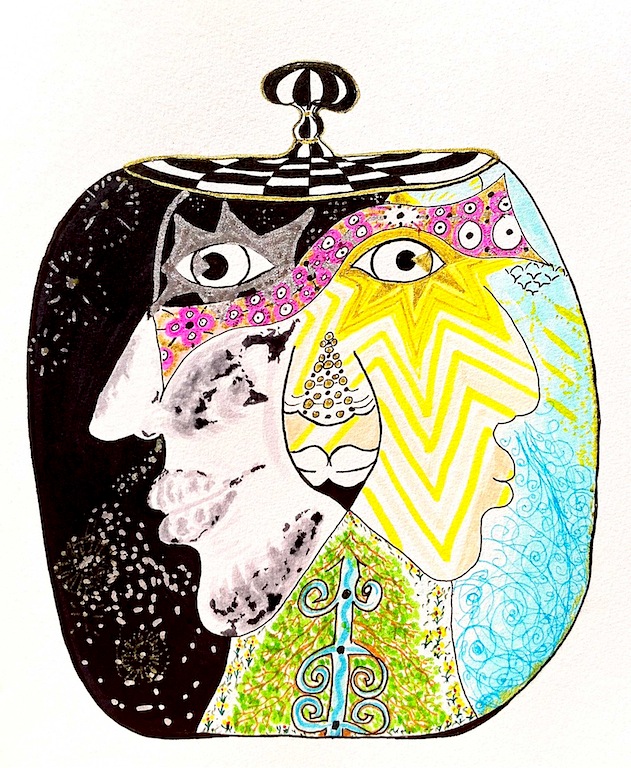
Whole systems have character you can intuit but not define, to then use as a mental framework to help fit bits of disconnected information you collect together
V. From: Helene Finidori To: ‘JL Henshaw‘ Sent: Tuesday, March 5, 2013
Subject: RE: Meeting with High Level Forum for those in NYC last Friday – a little holpathy please?
Jessie,
I think you put your finger on the problem. And from what you wrote and the reading of these recent articles I think the problem is double. First it seems that as soon as someone starts talking of reality or nature and what is observed, or ontology, they place themselves in the realm of rhetoric and epistemology, and that’s where hard core ‘epistemologists’ get a win… Continue reading Your Ontology getting lost in Epistemology??

